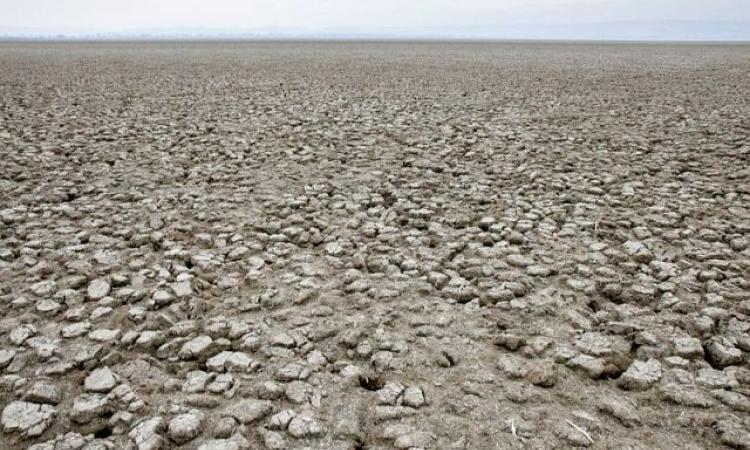
The threat of desertification increases in 26 of 29 states
As per the State of India's Environment (SoE) 2019 in Figures, between 2003-05 and 2011-13, India has witnessed an increase in the level of desertification in 26 of 29 states. More than 80 percent of the country's degraded land lies in just nine states--Rajasthan, Maharashtra, Gujarat, Jammu and Kashmir, Karnataka, Jharkhand, Odisha, Madhya Pradesh and Telangana. With 5.81 percent increase, the highest land degradation is observed in Lunglei district of Mizoram while the top three districts with the highest area under desertification or land degradation are Jaisalmer, Rajasthan, Lahaul and Spiti, Himachal Pradesh and Kargil, Jammu and Kashmir. Despite the situation, the desert development programme (DDP) has been low on priority for the government.
Karnataka's several large rivers classified as unfit for bathing
According to a quarterly assessment carried out by the Karnataka State Pollution Control Board (KSPCB), several large rivers in the state fall under the C and D categories of assessment which implies that water in these rivers is not fit for drinking even after treatment. Out of the 15 rivers assessed by the pollution board, only the Kumaradhara and Nethravathi rivers were placed under category B, which means that the two rivers were fit for organised bathing. As per the report, Arkavathy and Bhadra are at the bottom of the list while Yagachi, Cauvery, Kabini and Kali have been placed under C category for the past one year.
Heatwave kills 184 people in Bihar
The deadly heatwave has claimed around 184 lives in Bihar with the maximum number of deaths occurring in Aurangabad, Gaya and Nawada. Extended summer due to delay in the onset of monsoon by over one week is being blamed for this. In response to severe heat waves, section 144 has been imposed in Gaya and authorities have advised people to remain indoors from 11 am to 4 pm. Bihar authorities have admitted that the awareness regarding extended heat wave conditions was lacking in the state.
Groundwater depletion in Kolkata results in water shortage and contamination
Indiscriminate extraction of groundwater in Kolkata has not only resulted in a water shortage in the city but have also led to an increase in water contamination due to deepening of water table and instability in built structures. According to a recent study, the city faces high levels of manganese and iron content in the groundwater which can cause serious ailments. However, officials of Kolkata Municipal Corporation have dismissed allegations of water scarcity and claimed that the migrating population along with reckless use of water by citizens is impacting the supply of water.
Excess water from Punjab's reservoirs gets drained out to Pakistan
Of the 2,060 million cubic metres (MCM) water released from three dam reservoirs in Punjab-- Bhakra dam on Sutlej, Pong dam on Beas and Ranjit Sagar dam on Ravi--only 30-40 percent of water is being used in the state while the remaining gets drained out to other Indian states, including Rajasthan, and also Pakistan through the canal network. As per the officials, the excess water is drained into Pakistan rivers to avoid a flood-like situation in Punjab during the monsoon. However, the officials have underlined the state's failure to utilise the excess water in meeting supply gap in urban areas and to recharge the depleting groundwater table.
This is a roundup of important news published between June 12 - 18, 2019. Also read policy matters this week.
/articles/twenty-six-states-under-threat-desertification